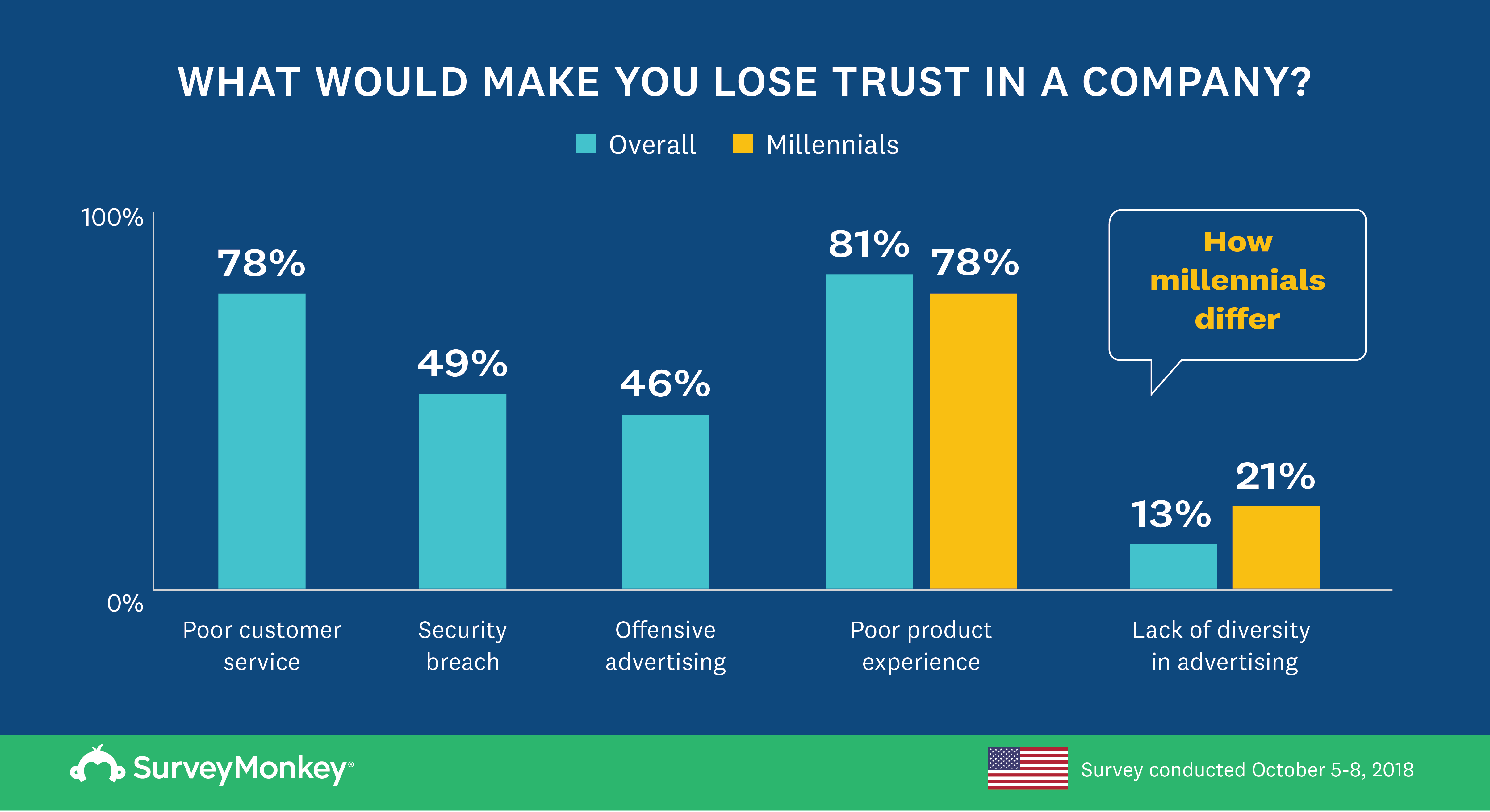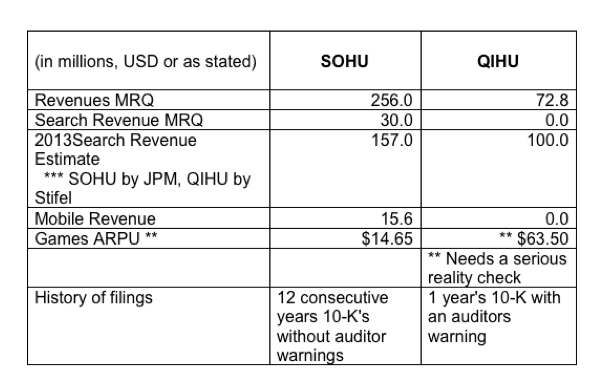Understanding the Interest Rate for Unsubsidized Loans: What You Need to Know
#### Interest Rate for Unsubsidized LoanWhen considering options for financing your education, understanding the interest rate for unsubsidized loan is cruc……
#### Interest Rate for Unsubsidized Loan
When considering options for financing your education, understanding the interest rate for unsubsidized loan is crucial. Unsubsidized loans are a popular choice among students seeking financial aid, but the terms can be complex. Unlike subsidized loans, where the government pays the interest while you’re in school, unsubsidized loans accrue interest from the moment the funds are disbursed. This means that students are responsible for paying the interest that accumulates during their time in school, which can significantly impact the overall cost of the loan.
#### What is an Unsubsidized Loan?
An unsubsidized loan is a type of federal student loan that is available to undergraduate and graduate students. The key feature of these loans is that they do not require the borrower to demonstrate financial need. This makes them accessible to a wider range of students. However, as mentioned, the borrower is responsible for all interest that accrues, even while they are in school. The interest rate for unsubsidized loan is set by the federal government and can vary depending on the loan type and the disbursement year.

#### Current Interest Rates
As of the 2023-2024 academic year, the interest rate for unsubsidized loan is fixed at 5.50% for undergraduate students and 7.05% for graduate students. These rates are subject to change annually, so it’s essential to stay informed about the current rates when planning your education financing. The fixed nature of the interest rate means that once you take out the loan, your rate will not change over the life of the loan, providing some stability in your financial planning.
#### How Interest Accrues
Interest on unsubsidized loans begins to accrue immediately upon disbursement. This means that if you take out a loan for $10,000 at a 5.50% interest rate, you will start accruing interest on that amount as soon as the loan is processed. If you do not pay the interest while in school, it will be added to your principal balance when you enter repayment. This process is known as capitalization and can significantly increase the total amount you owe over time.

#### Repayment Options
Understanding your repayment options is crucial when dealing with the interest rate for unsubsidized loan. After you graduate, leave school, or drop below half-time enrollment, you will enter a six-month grace period before you are required to start making payments. During this time, interest will continue to accrue. Once the grace period ends, you will need to start making monthly payments. Various repayment plans are available, including standard, graduated, and income-driven repayment plans, allowing you to choose an option that best fits your financial situation.
#### Strategies to Manage Interest
To manage the impact of the interest rate for unsubsidized loan, consider making interest payments while you are still in school. This can prevent the loan balance from increasing due to capitalization. Additionally, exploring options for loan consolidation or refinancing after graduation can help you secure a lower interest rate, potentially saving you money in the long run. Always be sure to evaluate the terms and conditions associated with these options to ensure they align with your financial goals.

In conclusion, understanding the interest rate for unsubsidized loan is essential for effective financial planning as you pursue your educational goals. By staying informed about current rates, how interest accrues, and your repayment options, you can make strategic decisions that will help minimize the long-term cost of your education.